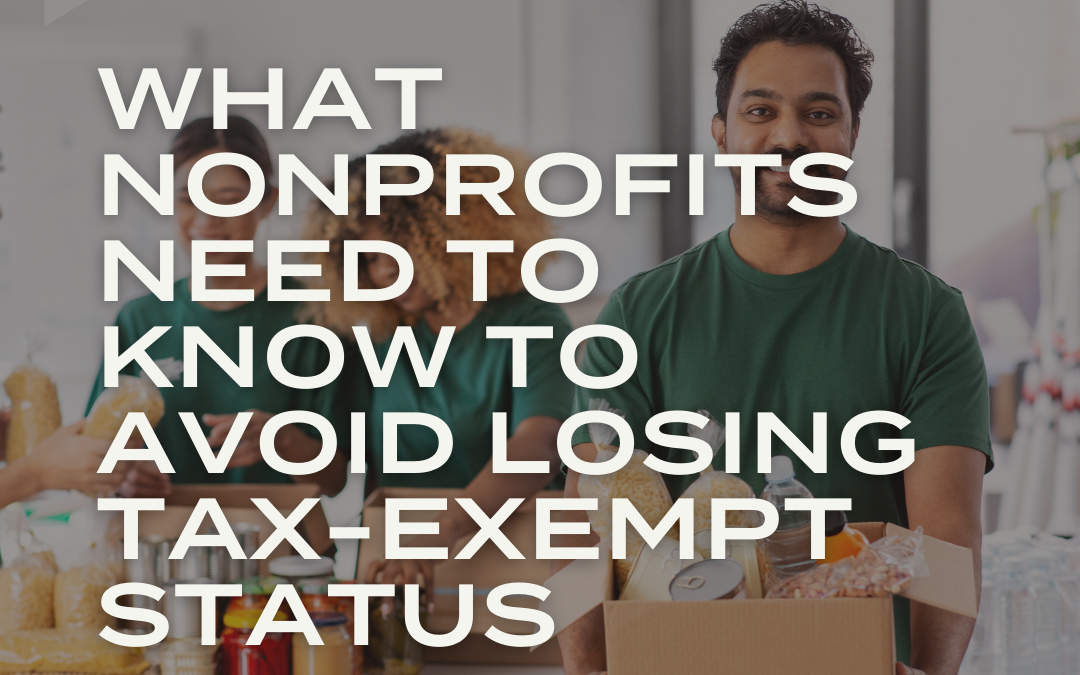If you’re a gig worker or otherwise self-employed, and you don’t have taxes withheld from a paycheck, you likely have to make quarterly estimated tax payments to the IRS. Be advised that the fourth quarter 2021 estimated tax payment deadline for individuals is coming up on Tuesday, January 18, 2022.
A Pay-As-You-Go System
Even if you do have some withholding from paychecks or payments you receive, you may still have to make estimated payments if you receive other types of income such as Social Security, prizes, rent, interest and dividends. If you fail to make the required payments, you may be subject to an underpayment penalty as well as interest.
Generally, you need to make estimated tax payments for 2021 if you expect to owe at least $1,000 in tax after subtracting tax withholding, deductions and credits, and you expect withholding, deductions and credits to be less than the smaller of 90% of your tax for 2021 or 100% of your 2020 tax. (The applicable amount is 110% if your 2020 adjusted gross income was more than $150,000, or $75,000 for married couples filing separately.)
Sole proprietors, partners and S corporation shareholders generally must make estimated tax payments if they expect to owe $1,000 or more in tax when filing a tax return.
Quarterly Due Dates
If you’re new to estimated tax payments, be prepared to submit them throughout the year. The due dates are typically April 15, June 15, September 15 and January 15 of the following year. However, if the date falls on a weekend or holiday, the deadline is the next business day.
Estimated tax is calculated by factoring in expected gross income, taxable income, deductions and credits for the year. The easiest way to pay estimated tax is electronically through the Electronic Federal Tax Payment System. You can also pay estimated tax by check or money order using the Estimated Tax Payment Voucher, or by credit or debit card.
Seasonal Businesses
Most individuals make estimated tax payments in the four installments. You simply determine the required annual payment, divide the number by four and make four equal payments by the due dates.
However, you may be able to make smaller payments during some quarters under an “annualized income method.” This can be useful to people whose income isn’t uniform over the year, perhaps because of a seasonal business. You may also want to use the annualized income method if a large portion of your income comes from capital gains on the sale of securities that you sell at various times during the year.
The Correct Amount
Estimated tax payments are just like paying a traditional tax bill in that you want to fulfill your obligation without overpaying the federal government. Contact our firm with any questions you may have about setting up estimated tax payments or using the annualized income method.





